Have Streaming Platforms Killed Cable?
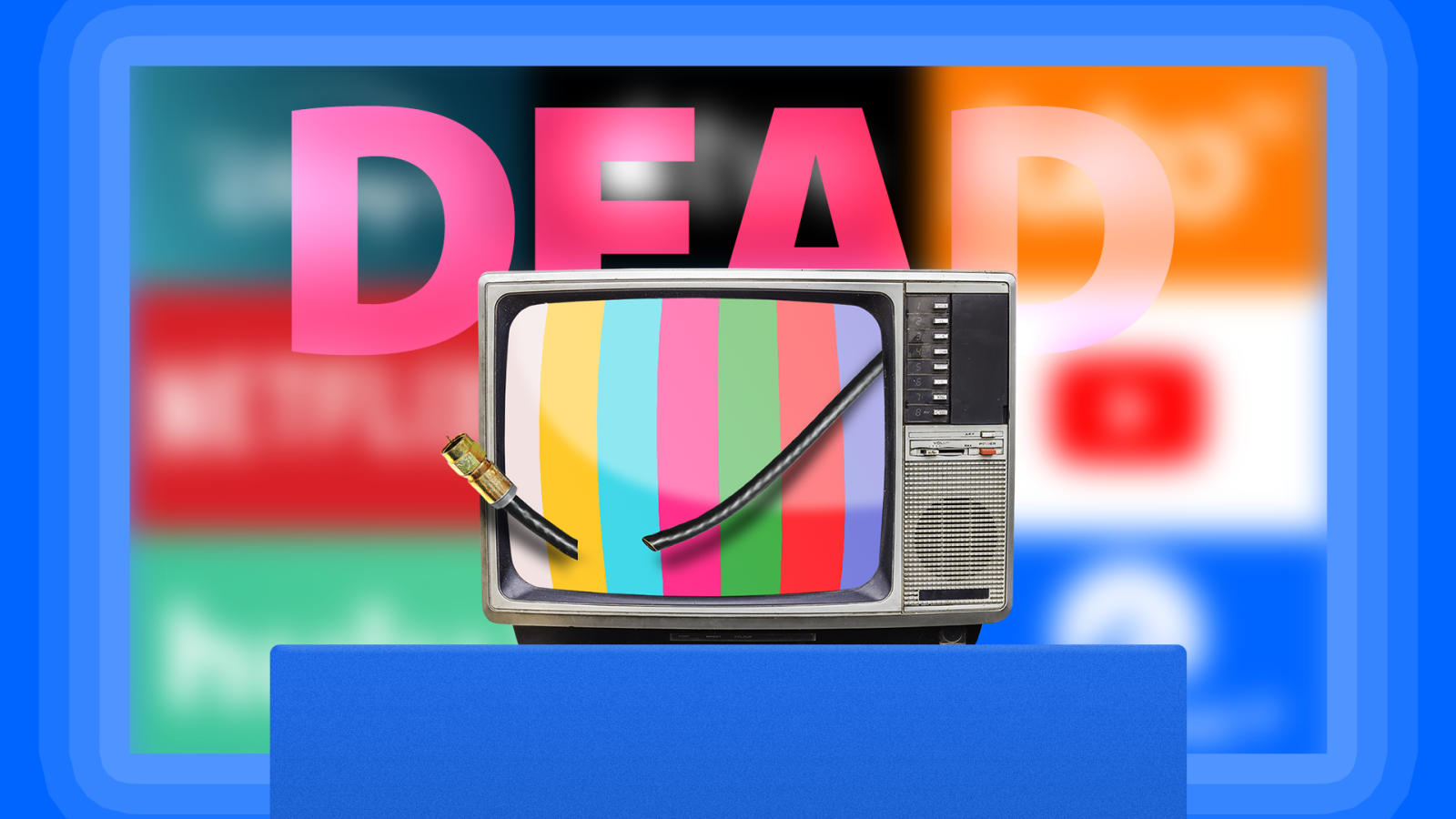
Contents
In today’s tech-driven world, on-demand streaming services have become the norm for accessing TV and movies. You can watch a vast catalog by owning a streaming device or loading a web browser. Cable arguably saw its downfall when Netflix changed its business model in 2007, going from a mail-in service to a streaming platform that we all know and love today. However, cable TV has declined for a while, so we dive deeper into precisely why.

Related
Why do people still pay for cable?
To clarify: It is incorrect to say that cable is officially dead, at least not yet. Despite what most headlines say, it will still take a while before it completely dies off. That’s because a good number of users still pay for it, even if the number is decreasing over time. According to CableTV.com, 51% of Americans still pay for cable in 2025 (sample size is 11,000). Around 27% responded that they pay for cable for live sports. CableTV’s Sports Editor iterates that:
“many sports leagues still have exclusive TV deals with regional sports networks (RSNs) and traditional cable channels like ESPN, FS1, and USA Network.”
This is coupled with the fact that most people who still own cable have it because it is included as a bundle with the internet service provider. Others continue to use it because it is “comfortable to use” compared to other options. Cable still exists — it just isn’t as dominant as it once was.
Cable TV has been predicted to die for years
Cable TV has been dying for years simply because more people have favored cord-cutting and turned to streaming services as their primary source of entertainment. Costs play a huge factor in why more people have chosen streaming services, and popular offerings like live news and sports are shifting to streaming platforms.
Cable news networks have been in decline for a while
Aside from live sports, people have kept cable to watch live news. But that service is no longer exclusive to cable. Most of the time, you can go online to read the news, listen to podcasts, watch it directly from the website, or see it on dedicated streaming channels like YouTube. The reality is that everything comes at a cost. If people choose other platforms to watch the news over cable TV, fewer resources will be placed into cable news, and in the worst-case scenario, the channel closes.
As reported by the FEE (Foundation for Economic Education), Paul Farhi of the Washington Post mentions that if fewer people watch cable news, it can bring ripple effects. For one, fewer people watching means less ad revenue, which reportedly accounted for $2.6 billion in 2022. The second is less revenue from cable providers that provide cable news networking; that alone has the most considerable effect on revenue (around $4 billion) through licensing fees.
However, you should expect network closure and reduced programming if the number keeps shrinking. We have seen this happen: Scripps News shut down its 24-hour channel in 2024 (it was a cable channel before evolving to a full-time service TV and streaming in 2021). We have also seen layoffs and salary cuts from major networks like CNN, NBC, ABC, and CBS News. This is partly due to traditional TV losing popularity but also because fewer people are watching TV.
Why is cable TV dying and failing to come back?
Part of the reason why cable is declining is how prominent online culture has become. For one, more people have internet installed in their homes, which lets them browse the web and apps on any device they choose. It’s easy to access TikTok, YouTube, and Twitch.
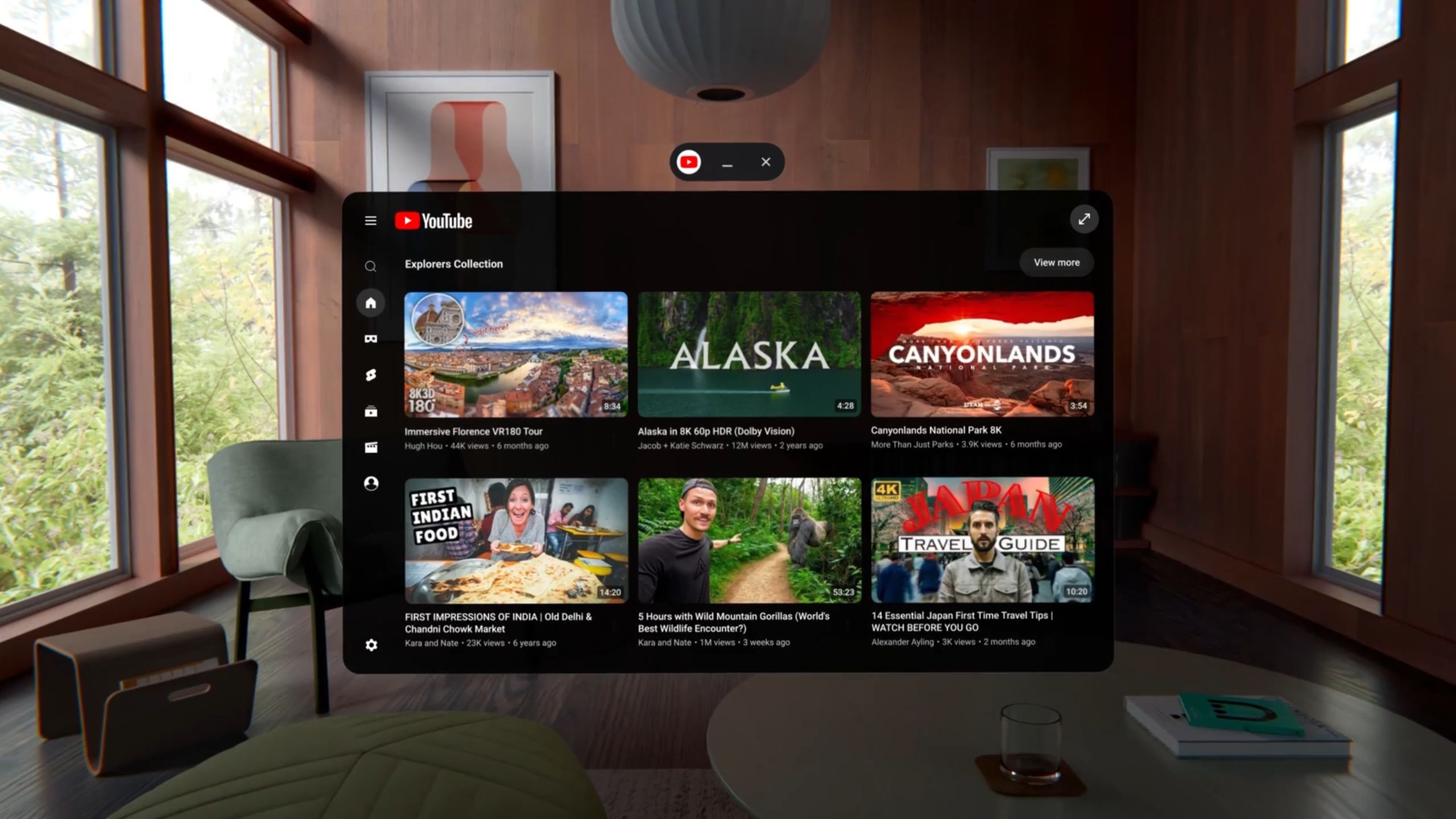
Some of these platforms are available for free, whereas cable TV requires you to pay. For example, watching cable TV requires installing it physically, and then you have to subscribe to get channels.
Typically, if you were to get the best deal out of your cable service, you’re looking at paying up to $144 a month, which includes internet. That’s also for the most basic package; a premium plan could bring you up to $200 (internet included). CNET also discovered that people could pay between $30 and $50 in taxes and fees and has looked into services like Xfinity, Verizon Fios, Spectrum, Cox and DirecTV/AT&T for these estimates.
Overall, cable TV is expensive, and the barrier to accessing it is also reasonably high. Others have found that it is much more convenient to pay for internet and streaming services separately.
Streaming services include Netflix, Hulu, Disney+, Peacock, Max, Apple TV+, and even Amazon Prime Video. However, some of these services are still quite costly. For Netflix, plans could cost anywhere between $8 and $25. Hulu, another popular choice for tuning into American TV, could range from $9 to $80, depending on the package. Granted, it’s not as costly as cable, but choosing the lesser of the two evils doesn’t make the issue disappear — the pricing for entertainment is getting out of hand.
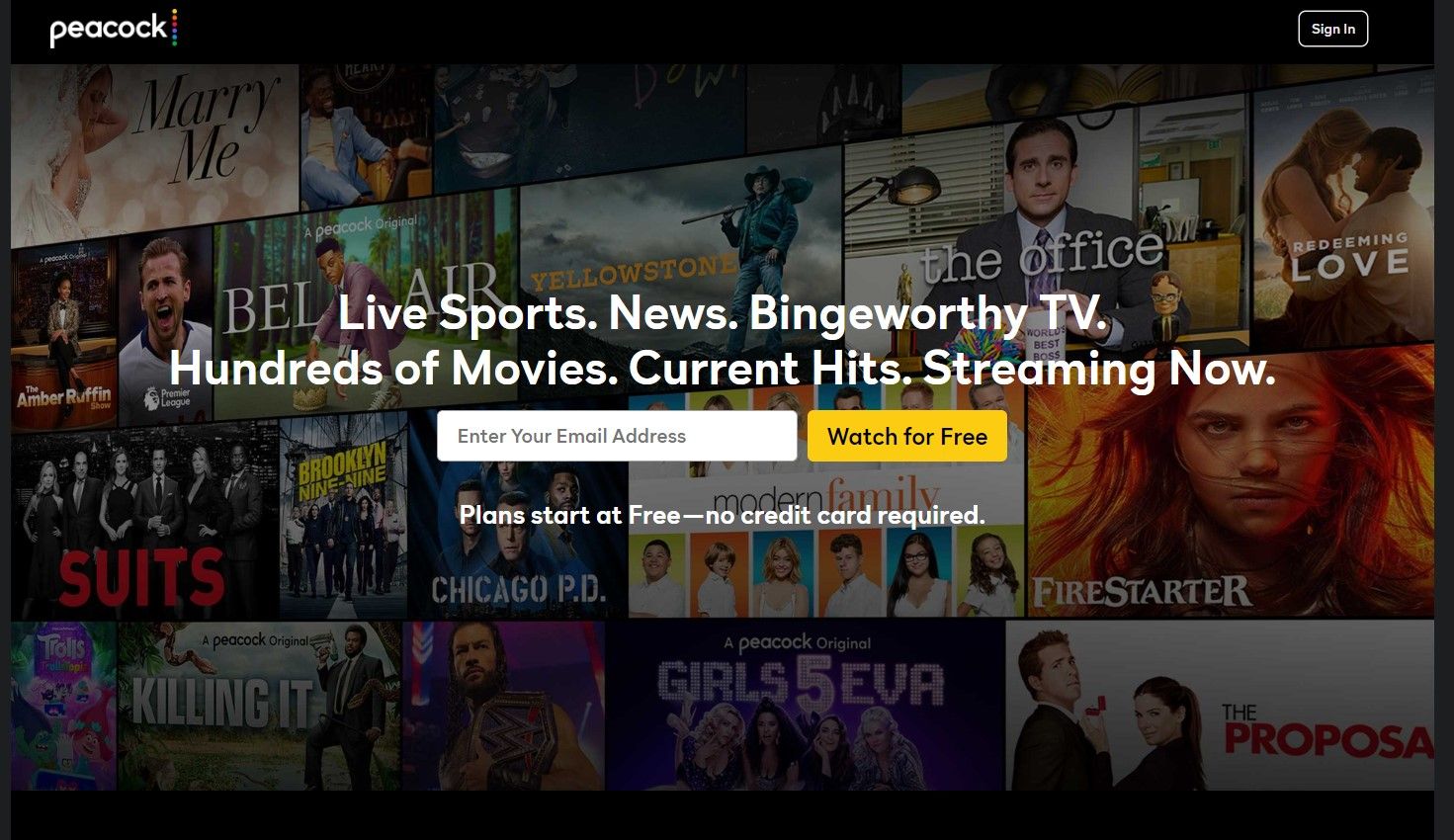
Source: Peacock
The price is reasonable if you are willing to pay the bare minimum for streaming services, but these assume ad-supported options. While the barrier to entry seems low, standalone prices for streaming services can still be pricey. That’s also assuming you are not subscribing to more than one service, which most people do (unless you carefully budget and bounce between them, which I often do).
Streaming services are still popular despite being costly
In 2015, nearly 50% of US households subscribed to streaming services, growing even further to 83% in 2023. The number is predicted to keep growing thanks to the ad-lite tier that more platforms are adopting. However, it is apparent that as prices go up for various streaming services, more subscribers will drop down to the cheaper, ad-supported tier to lower the costs. Ad-supported subscribers benefit the platform as ads also bring revenue.

Related
But how much growth will we keep seeing if prices are being raised everywhere? In 2025, we’ve witnessed Plex, Netflix, Max, Amazon, YouTube, Sling, and Discovery all have changes to their subscription services and not in the favor of the consumer. Even with many consumers unsatisfied, it won’t stop these platforms from flourishing, especially if all competing platforms do the same thing. Streaming services are much more expensive than ever, but sadly, that is still not enough to make a return on cable TV.
Live sports still brings viewership
Previously, one of the biggest draws of cable was live sports. Unfortunately, that is not exclusive to cable. ESPN Plus and Peacock have a healthy dose of live sports for reliable streaming. The shift in viewership on cable and the decline have caused traditional TV, news, and sports to see new life via streaming.
What’s your reaction?
Love0
Sad0
Happy0
Sleepy0
Angry0
Dead0
Wink0
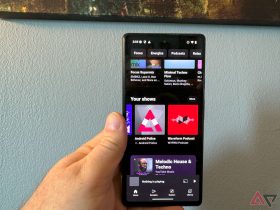


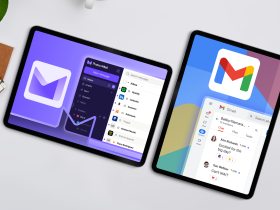





Leave a Reply
View Comments